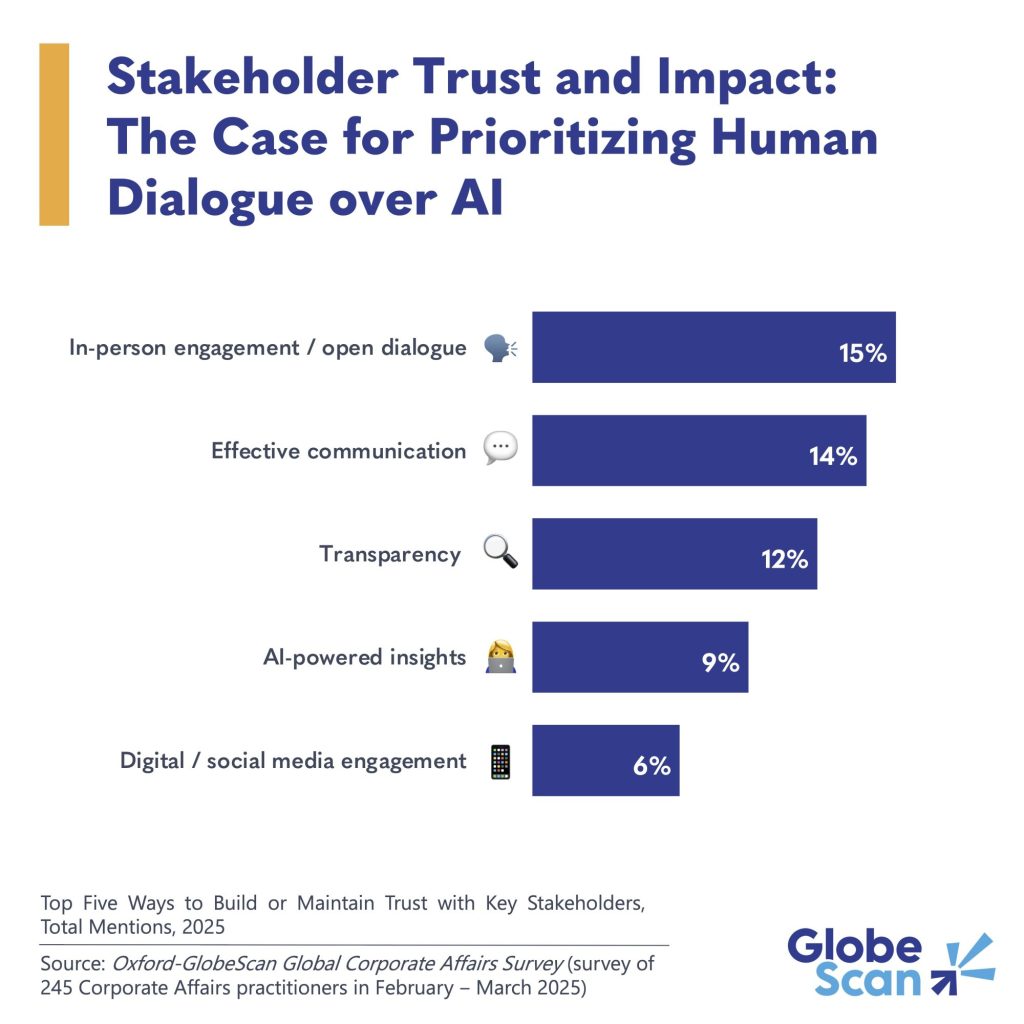Chief Sustainability Officer Jaycee Pribulsky has chosen to leave Nike, ending nearly nine years of leadership there, which included directing external engagement and leading global manufacturing and sourcing.
She is departing the Beaverton, Oregon, brand to return east for an undisclosed new role. Via LinkedIn on Sept. 9, Pribulsky announced the “bittersweet decision to leave the company for an incredible opportunity back in New York.” Her post attracted more than 90 positive comments from acquaintances and former colleagues across her career spanning high-profile public and private institutions, including the White House under President Bill Clinton.
“It has been an amazing run working with awesome teammates,” she wrote. “And I just want to say thank you. Nike is about the people and the teams. And there are too many to list here. I’ll be cheering you on!”
Without a successor named, it’s unclear who will continue to lead perhaps the giant apparel brand’s “move to zero” effort to center carbon, waste, water and circularity toward net zero. That strategy replaced the original “moonshot” focus set by former CSO Hannah Jones in 2017.
Her Nike roles
Pribulsky brought deep supply chain leadership experience when she assumed Nike’s top sustainability job in February 2024. That was three months after an epic sustainability shakeup at the end of 2023, when Nike shed nearly one-third of its sustainability staff.
The CSO slot had been vacated by Noel Kinder after some five and a half years. (In May, he joined Lululemon as senior vice president of sustainability.)
Nike has experienced a high amount of turnover of late. In October 2024, the company hired Elliott Hill to replace CEO John Donahoe. Chief Innovation Officer John Hoke retired after three decades this past spring, around the same time that Noah Murphy-Reinhertz became senior director of sustainable product design. Several months ago, Alice Hartley became Nike’s new circularity director.
When she came to the CSO desk, Pribulsky had been vice president of global footwear sourcing and manufacturing for more than three years.
As vice president of sustainable manufacturing and sourcing before that, she was responsible for carrying forward more than two decades of work to prevent the sweatshop conditions that had been exposed by activists and addressed by co-founder Phil Knight in the 1990s. From 2018 to 2020, Pribulsky was responsible for environmental, social and governance efforts in 500 contract factories employing almost 1 million workers in 40 nations.
Before Nike
Pribulsky’s career after graduating from American University began in public service, with three years at the now-shuttered U.S. Agency for International Development. She then joined the Clinton White House for three years, first as a scheduler for First Lady Hillary Clinton and later as a special assistant to the president.
After completing an MBA at Columbia University, Pribulsky worked at nonprofit Seedco before moving through corporate community affairs and relations roles in the early aughts. At United Technologies, she created its first corporate responsibility reporting strategy. At Citigroup, she focused on community relations in emerging markets. As vice president of global citizenship leading corporate social responsibility at Waggener Edstrom, her clients included Microsoft and Chevron.
Pribulsky then stayed for six years at the consulting firm Context Group, becoming managing director and head of its America practice. The firm assisted numerous corporate giants including Cisco, International Paper and PepsiCo.
Before departing New York to join Nike in 2017, Pribulsky briefly led communications and outreach at the Task Force on Climate-related Financial Disclosures.
“Look for the spaces where there’s work to be done, but no one’s raising their hand,” Pribulsky told her alma mater, Columbia Business School, this spring. “Maybe it’s not their job or they don’t want to do it, but if done it can make an impact.”
The post Nike CSO leaves role after 19 months appeared first on Trellis.

